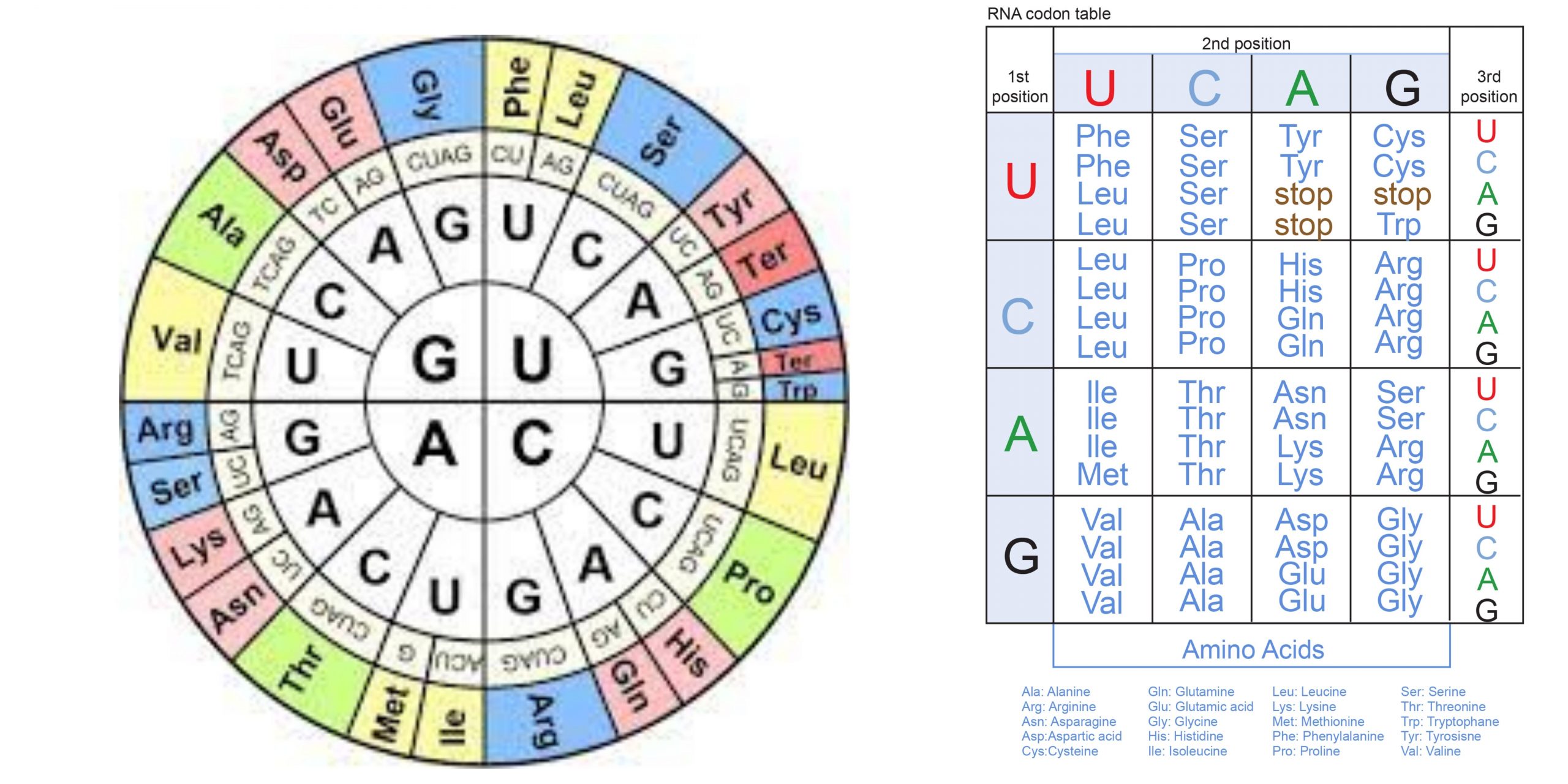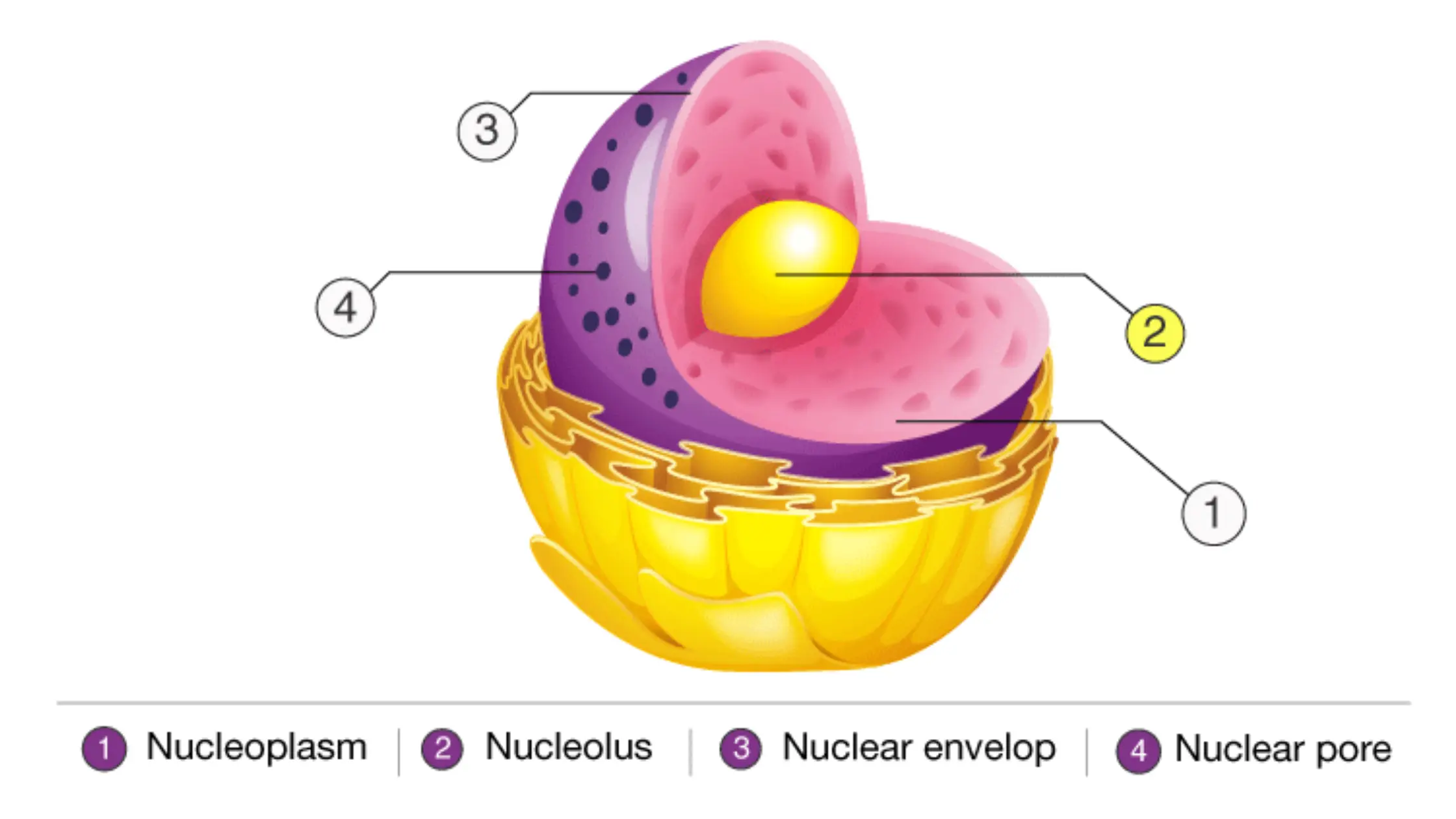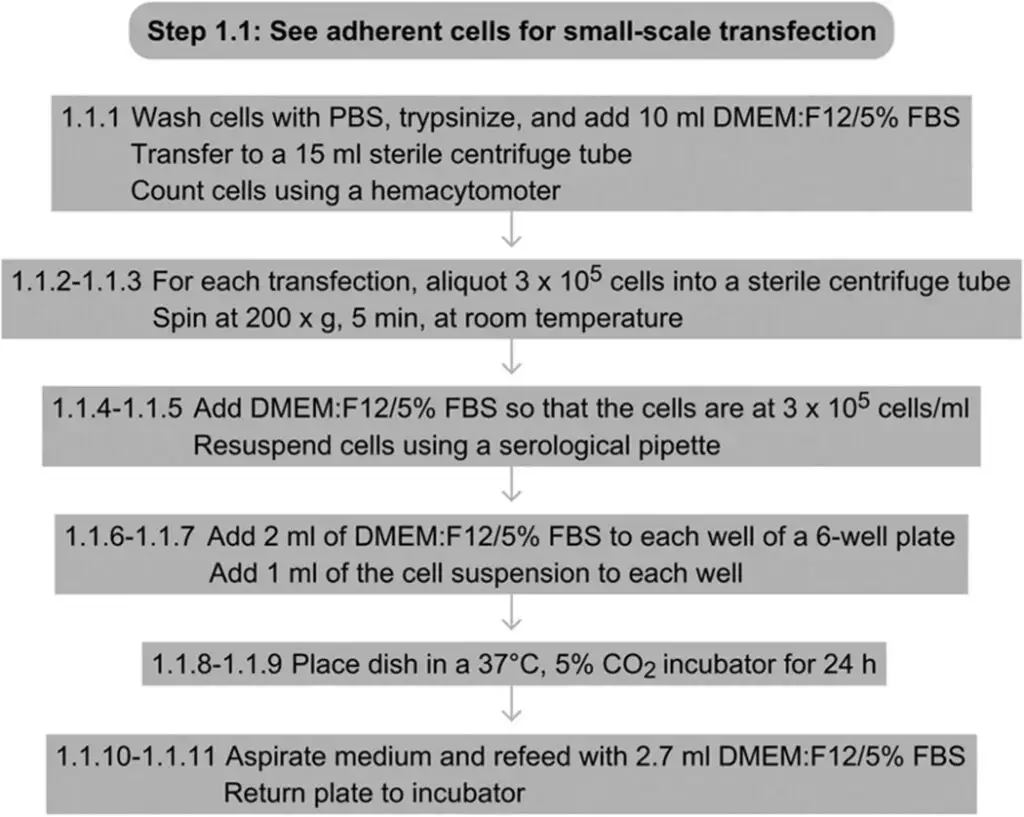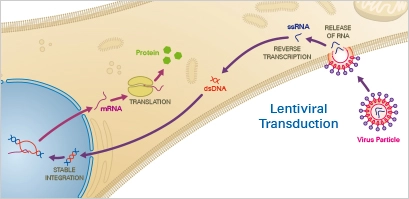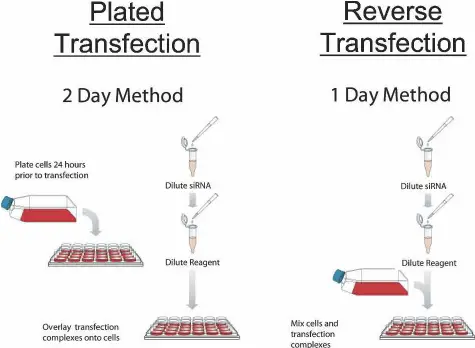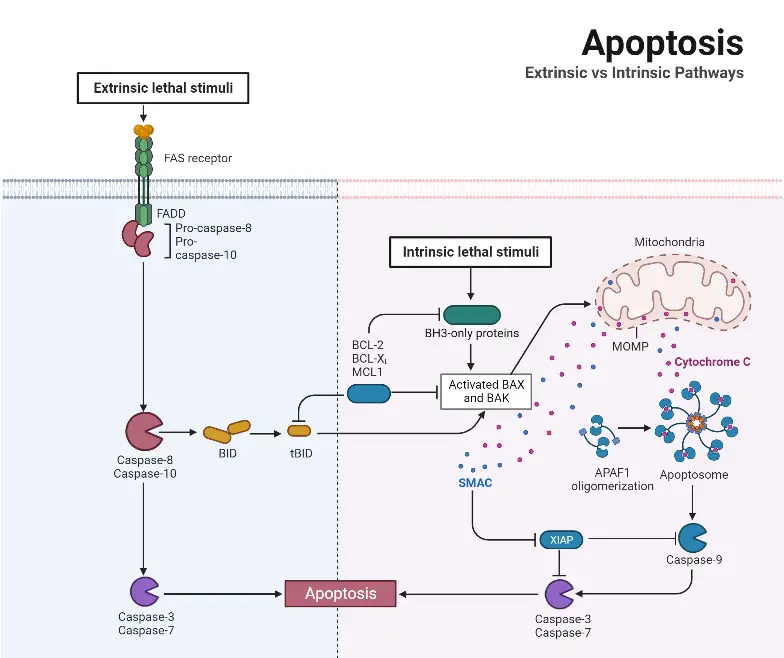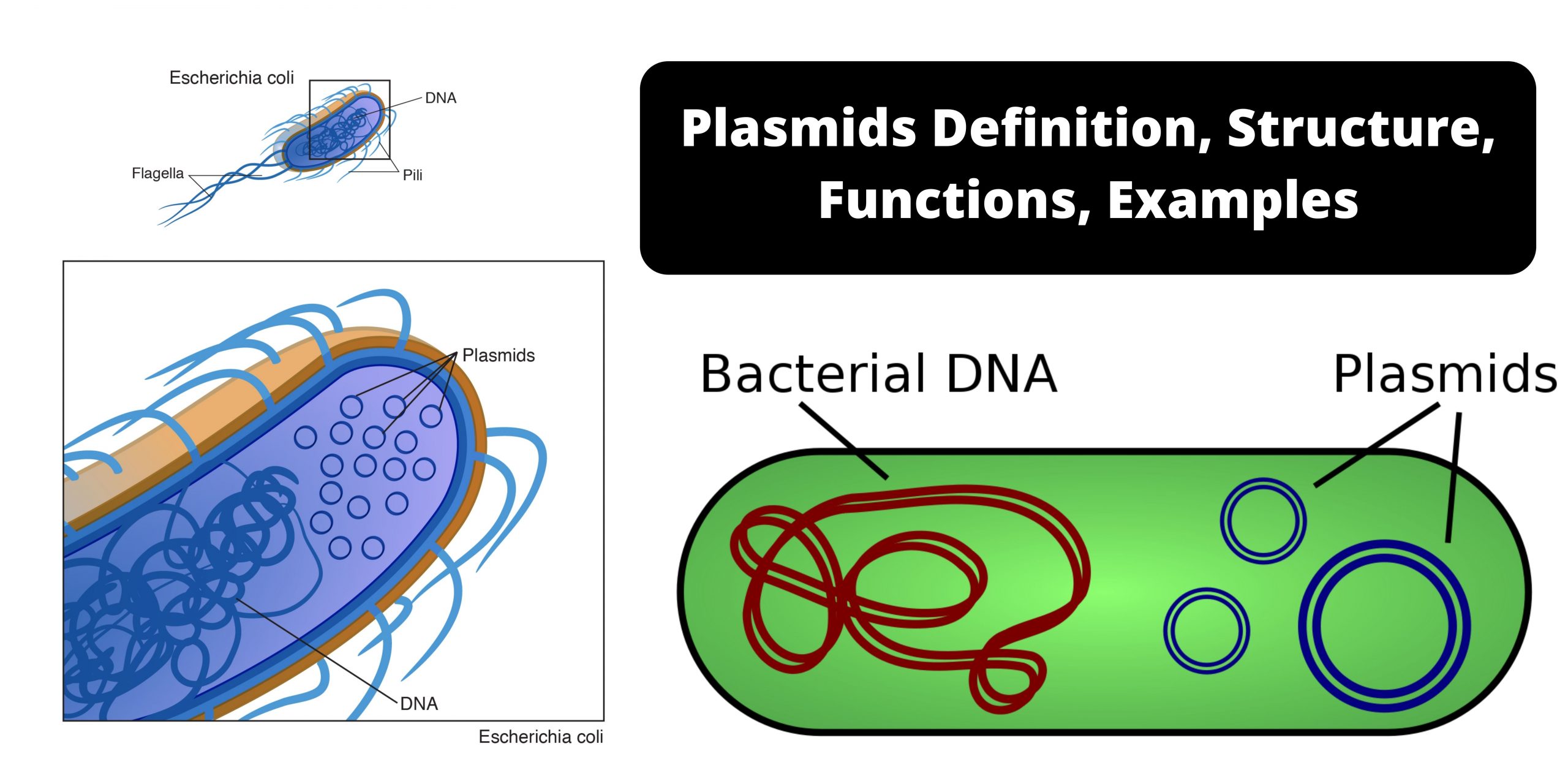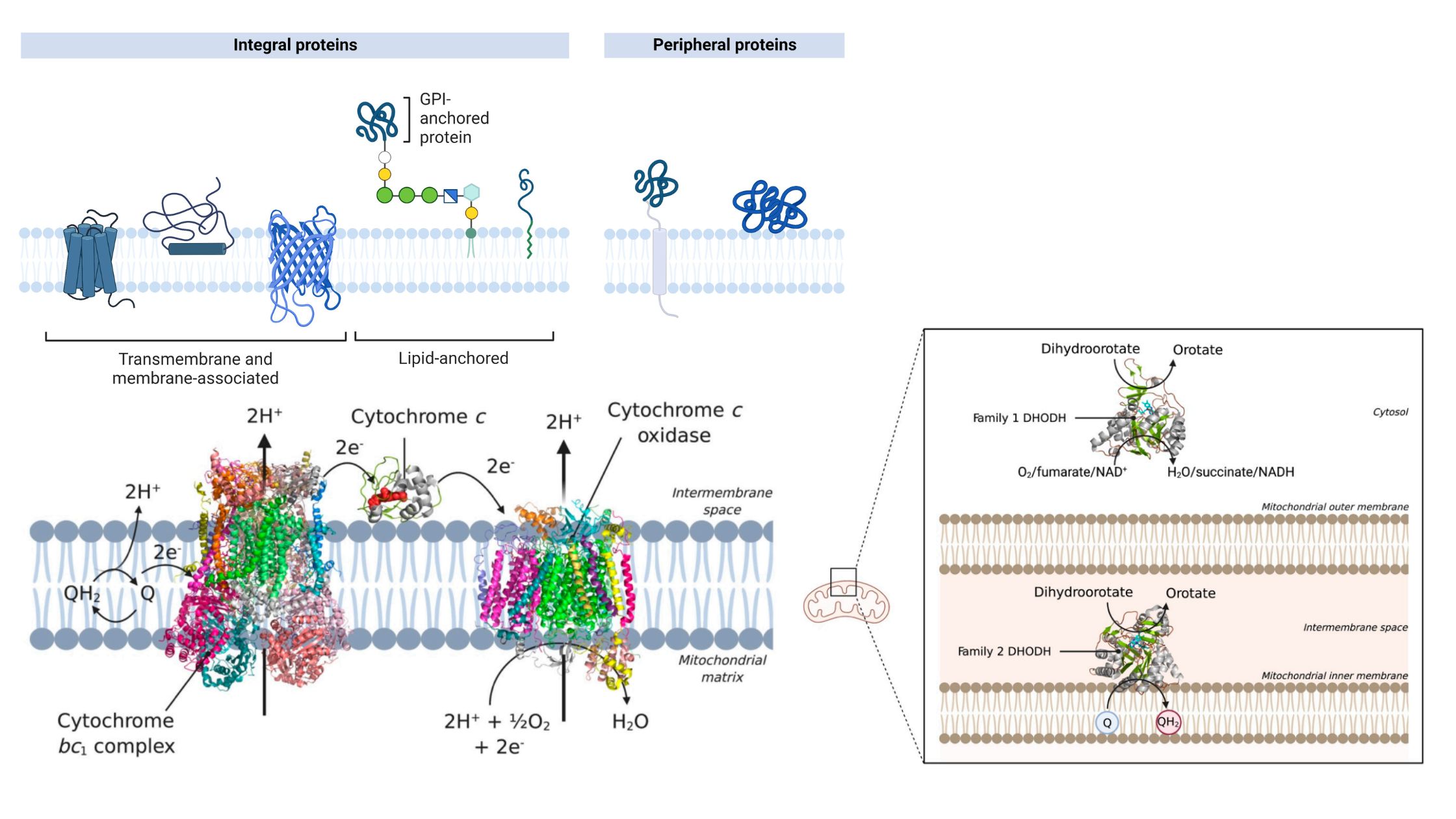Genetic Code – Definition, Characteristics, Wobble Hypothesis
What is a Genetic Code? The genetic code is a set of rules that living cells use to decipher the information encoded in genetic material (DNA or mRNA sequences). The ribosomes are responsible for carrying out the translation process. Using tRNA (transfer RNA) molecules to carry amino acids and to read the mRNA three nucleotides … Read more
